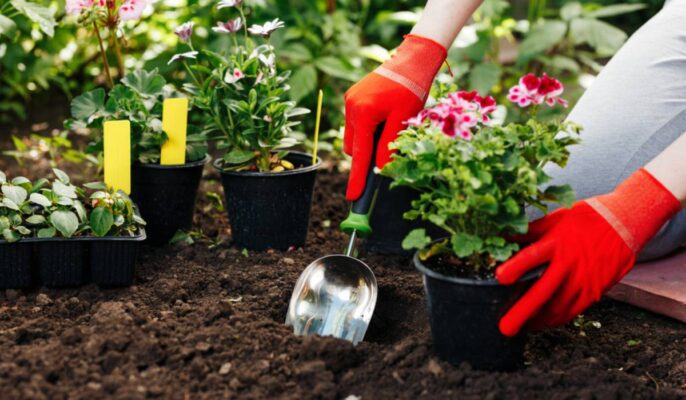Gardening is more than just a hobby—it’s a rewarding journey that transforms spaces and soothes the soul. Whether you’re a seasoned green thumb or a curious beginner, understanding some essential tips can make your gardening experience both enjoyable and successful gardening tips. Here’s a collection of unique tips to help you cultivate a lush, thriving garden.
1. Know Your Soil
Before planting, it’s crucial to understand your soil. Perform a simple soil test to determine its pH and nutrient levels. Most plants thrive in loamy soil with a neutral pH. If your soil is too sandy or clay-heavy, amend it with organic matter like compost or aged manure. Adding these materials improves drainage, fertility, and structure, setting a strong foundation for your plants.
2. Choose Plants Wisely
Select plants that are well-suited to your local climate and soil conditions. Research native plants that are adapted to your region’s specific weather patterns and soil types. Native plants generally require less water and fertilizer, are more resistant to pests, and support local wildlife, making them a sustainable choice.
3. Mind the Microclimates
Gardens often have microclimates—small areas within your garden that differ in temperature, light, and moisture levels from the rest of the space. Observe these variations and choose plants accordingly. For instance, a sunny spot against a south-facing wall might be perfect for heat-loving plants, while a shaded area under trees may suit ferns and hostas.
4. Incorporate Companion Planting
Companion planting is the practice of growing certain plants together to benefit one another. For example, planting marigolds alongside tomatoes can help deter pests like aphids and nematodes. Similarly, basil planted near tomatoes can enhance their flavor and growth. Research companion planting strategies to create a harmonious and productive garden ecosystem.
5. Practice Water Wisely
Watering is a crucial aspect of gardening, but overwatering can be as detrimental as underwatering. Invest in a rain gauge to monitor precipitation and adjust your watering schedule accordingly. Water plants early in the morning to reduce evaporation and fungal diseases. Consider installing a drip irrigation system for efficient water delivery directly to the roots.
6. Utilize Mulching
Mulch serves multiple purposes: it conserves moisture, suppresses weeds, and regulates soil temperature. Organic mulches like straw, wood chips, or leaves gradually decompose and enrich the soil. Apply a layer of mulch around your plants to keep their roots cool and protect them from extreme weather conditions.
7. Rotate Crops
Crop rotation is essential for maintaining soil health and preventing plant diseases. Avoid planting the same type of plant in the same location year after year. Rotate your crops according to their plant families (e.g., nightshades, legumes) to disrupt pest cycles and replenish soil nutrients.
8. Encourage Beneficial Insects
Insects play a vital role in a healthy garden. Ladybugs, lacewings, and bees are beneficial insects that help with pollination and pest control. Attract these helpful critters by planting nectar-rich flowers like lavender and yarrow. Avoid using broad-spectrum pesticides that can harm these beneficial insects.
9. Harvest at the Right Time
Timing is key for harvesting. Pick fruits and vegetables when they’re ripe for the best flavor and nutritional value. For instance, tomatoes should be fully colored and slightly soft to the touch. Regular harvesting also encourages plants to produce more and extends the growing season.
10. Keep Learning and Experimenting
Gardening is an ever-evolving practice. Stay curious and open to new techniques. Join local gardening clubs, attend workshops, or follow gardening blogs to exchange ideas and learn about new trends. Experiment with different plants, methods, and designs to discover what works best for your garden.
